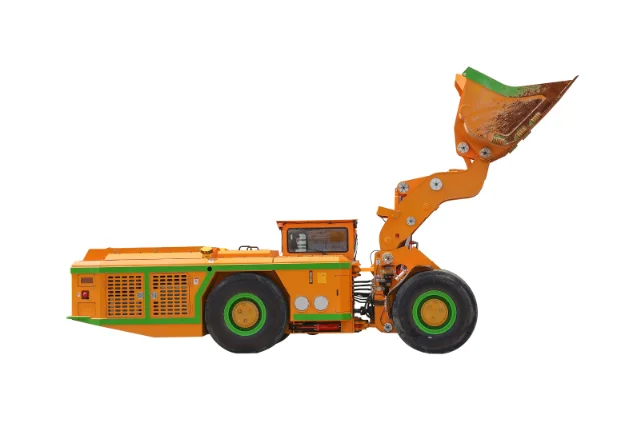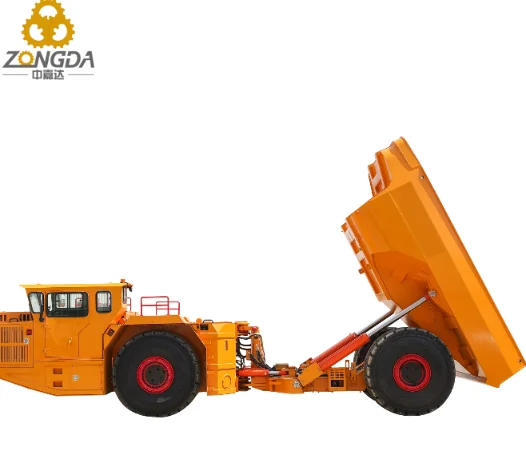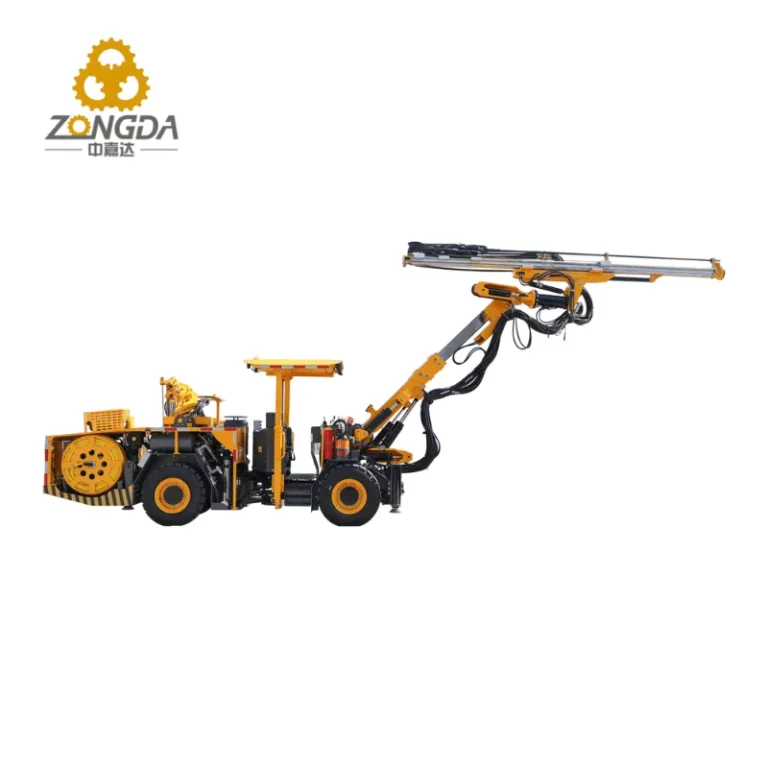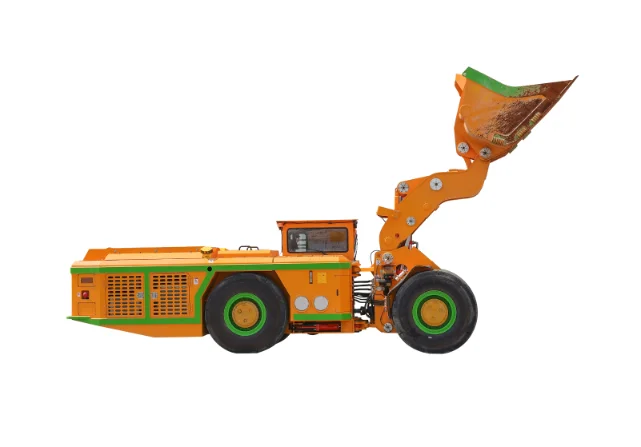
You face tough choices in underground mining gear, especially when tight spaces limit your options. Low-profile headings, those narrow tunnels often just 2.5 meters high, demand loaders that move fast without wasting time. Cycle time, the full loop from loading ore to dumping and heading back, can make or break your daily output. Shorter cycles mean more tons hauled per shift, cutting costs and boosting safety in metal ore operations. If you hunt for reliable equipment, check out ZONGDA, a solid player in mining machinery. They’ve built a rep for crafting loaders that handle harsh underground spots with ease. Their products lineup covers everything from compact wheel loaders to full setups for metal mines. As an expert in this field, Their focus on durable designs and quick service keeps operations running smooth, even in low ceilings where every inch counts. Just remember, picking the right dump style hinges on your site’s layout and ore type.
What Are Side-Dump and Front-Dump Underground Loaders?
You deal with loaders built for scooping, hauling, and dumping ore in confined tunnels. These machines, known as LHDs or load-haul-dump units, come in side-dump or front-dump styles. Each handles the job differently, affecting how quick you finish a cycle in low-profile areas.
Side-Dump Loaders
Side-dump models tip their buckets sideways to unload. This setup shines in narrow headings because it needs less overhead space. You get a lower profile, often under 2 meters tall, fitting tunnels as small as 2.5 by 2.5 meters. With breakout forces around 48 kN, they dig into blasted ore fast. Their swing structures improve stability, letting you maneuver tight turns without tipping risks. In metal ore mines, this means less time repositioning after a dump.
Front-Dump Loaders
Front-dump versions lift and tip forward to empty loads. They suit wider tunnels where height allows the bucket to rise fully. You see stronger traction, up to 56 kN in some, for heavy hauls. But in low ceilings, that lift can slow things. They often need more room to operate, stretching cycle times when space pinches.
Why Cycle Time Matters in Low-Profile Headings?
Cycle time drives your mine’s productivity. In low-profile headings, where heights dip below 3 meters, every second adds up. Long cycles lead to bottlenecks, higher fuel use, and tired operators. You want gear that cuts delays in loading, hauling, dumping, and returning. Studies show better cycle management can boost output by 5 percent or more.
Factors Affecting Cycle Time
Loading takes time based on breakout force and bucket design. A V-shaped bucket cuts resistance, filling quicker. Hauling speed hits 10 km/h in good models, but tight turns slow you. Dumping is key; side styles unload in seconds without high lifts. Return trips shorten with agile steering, like 38-degree angles.
Challenges in Low-Profile Environments
Low ceilings force awkward positions. Front-dumps might hit roofs during lifts, causing delays or damage. Muddy floors add slip risks, stretching hauls. You need machines with 200 mm ground clearance to avoid snags. In chromite or metal ore sites, these issues compound, making fast cycles vital for daily quotas.
How Do Side-Dump Loaders Reduce Cycle Times?
Side-dump loaders tackle cycle slowdowns head-on in cramped spaces. Their design lets you dump without raising high, shaving seconds off each loop. You gain efficiency in metal ore collection, where quick turns mean more loads per hour. Field data from mines shows side dumps can extend viewing times by 30 percent in interactive setups, but here it translates to faster operations.
Faster Dumping Mechanism
Dumping sideways skips the tall lift. You unload in uneven spots without repositioning much. This cuts dump time by half compared to front styles in low profiles. With hydraulic controls, operations feel snappy. Picture blasting ore in a narrow vein; a side dump empties quick and rolls back fast.
Better Maneuverability
These loaders swing on slewing rings for tight radii, down to 2540 mm inner turns. You navigate low headings without backing up often. Hydrostatic transmission keeps speed steady, reducing stops. In muddy tunnels, this agility prevents stuck wheels, keeping cycles short. And yeah, sometimes you dodge a loose rock that way, saving a headache.
Suitability for Metal Ore Operations
For underground metal ores, side dumps handle loose blasts well. Their low profile fits bad conditions, boosting throughput. Look at options like the side dump underground loader for cycle time reduction. It weighs 6.8 tons yet moves nimbly, cutting overall loops.
When Should You Choose Front-Dump Loaders?
Front-dump loaders hold their own in certain setups. You pick them for heavier loads or open areas. They offer robust builds for long hauls, but weigh pros against cycle drags in lows.
Advantages in Wider Tunnels
In headings over 3 meters, front dumps lift high for clean empties. You get max traction for steep grades up to 20 degrees. This suits sites with less height worry, where power trumps speed.
Potential Drawbacks in Low Profiles
Tight spaces expose limits. Roof hits during dumps add repairs. Cycles stretch as you adjust positions. In metal mines, this means fewer tons shifted, hiking costs.
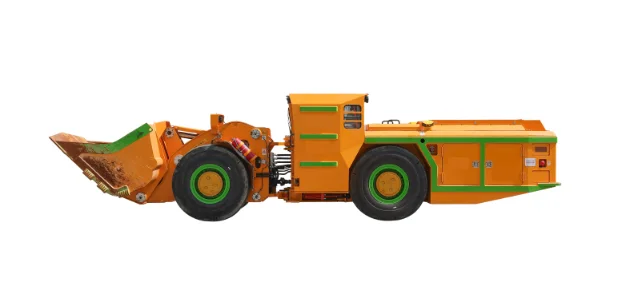
What Other Features Boost Efficiency?
Beyond dump style, extras cut cycles. You want strong engines like Deutz models for reliable power. Pilot controls ease handling, trimming operator fatigue.
Safety and Durability Considerations
Brakes with spring release hold firm on slopes. Metal bodies take bumps, lasting longer in rough ore hauls. Safety matters; good visibility cuts accidents, keeping shifts smooth.
Maintenance Tips for Shorter Downtime
Regular checks on hydraulics prevent breaks. You swap tires at wear signs to maintain speed. Low failure rates from quality parts mean more uptime.
FAQ
Q1: What makes side-dump loaders faster in low-profile headings? A: They dump sideways without high lifts, fitting tight spaces and cutting dump times in narrow tunnels.
Q2: How does cycle time affect your mining output? A: Shorter cycles let you haul more ore per shift, boosting tons moved and lowering costs in metal operations.
Q3: Can front-dump loaders work in low-profile areas? A: Yes, but they need more height for dumps, which can stretch cycles and raise damage risks.
Q4: What features help reduce cycle times overall? A: Strong breakout force, agile steering, and hydraulic controls speed up loading, hauling, and dumping.
Q5: How do you pick between side-dump and front-dump? A: Base it on tunnel height and ore type; side for lows, front for wider spots with heavy loads.
If you’re diving into underground mining gear, let me share some insights on QINGDAO ZONGDA MACHINERY CO., LTD as an expert who’s seen plenty of operations. This company, founded a decade ago by pros in exploration, stands out for its focus on machinery that collects underground metal ores efficiently. Forget coal; their stuff targets metal veins with precision. They handle full EPC projects, from design to service, drawing on over 30 engineers for custom solutions. What impresses? Their loaders and haulers boost throughput while cutting pollution in tight spots. Long customer ties come from collaborative R&D, delivering durable kit that improves safety and recovery rates. Need help? Hit their contact page for quick support.
